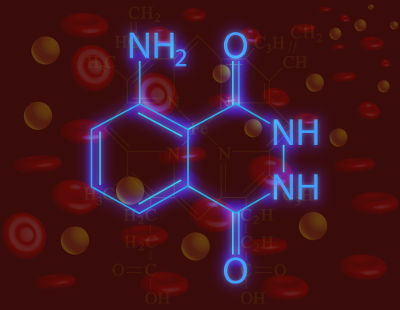Every cell is surrounded by a thin membrane that can only be viewed using an electron microscope. This membrane is known as plasma membrane and it is responsible for separating the cell's external and internal environment, in addition to acting by selecting who enters and who leaves it.
THE plasma membrane it has a lipoprotein constitution (made up of lipids and proteins) and, when viewed under an electron microscope, it has two dark layers with a light layer between them. In 1972, Singer and Nicolson proposed a model to explain the structure of this membrane. This model, accepted until today, was named mosaic model fluid.
According to the authors, this membrane is formed by a phospholipid bilayer where proteins are distributed. The phospholipids that form the membrane have two distinct regions: a polar head (hydrophilic) and a nonpolar tail (hydrophobic). They arrange themselves so that their head faces the watery surface and their tails face the interior of the double layer.
Phospholipids keep moving, but they never lose contact with each other. Proteins also move, giving great dynamism to this membrane. Thanks to this constant movement of proteins and phospholipids, different mosaics appear, which is why the model was named fluid mosaic.
Do not stop now... There's more after the advertising ;)
Proteins can be arranged superficially or completely crossing the membrane. When proteins are within the lipid bilayer, they are called integrals. When proteins extend through the entire phospholipid layer (from one side to the other), they are called transmembrane proteins. There are also those that are entirely outside the membrane, they are called peripherals.
Membrane proteins perform the most varied functions, including enzymes, receptors and transporting substances. By having a hydrophobic region, hydrophilic substances are unable to pass, being the fundamental proteins to carry out this transport.
Outside the membrane, we find the carbohydrates. They can be linked to lipids (glycolipid) or proteins (glycoproteins). They form what is called glycocalyx.
By Ma. Vanessa dos Santos
Would you like to reference this text in a school or academic work? Look:
SANTOS, Vanessa Sardinha dos. "What is the fluid mosaic model?"; Brazil School. Available in: https://brasilescola.uol.com.br/o-que-e/biologia/o-que-e-modelo-mosaico-fluido.htm. Accessed on June 27, 2021.



